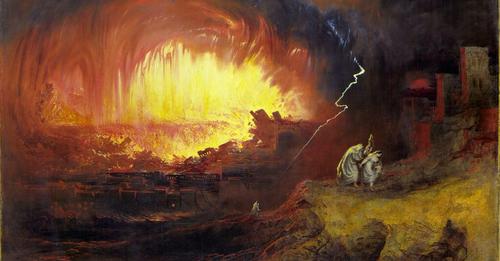The biblical cities of Sodom and Gomorrah are synonymous with sin and divine punishment. According to Genesis 18-19, God destroyed them with a rain of sulfur and fire. The Old Testament is chock full of geographical and historical details of the twin cities, before and after their destruction. However, historians and archaeologists debate both the veracity and locations of these fabled ruins.
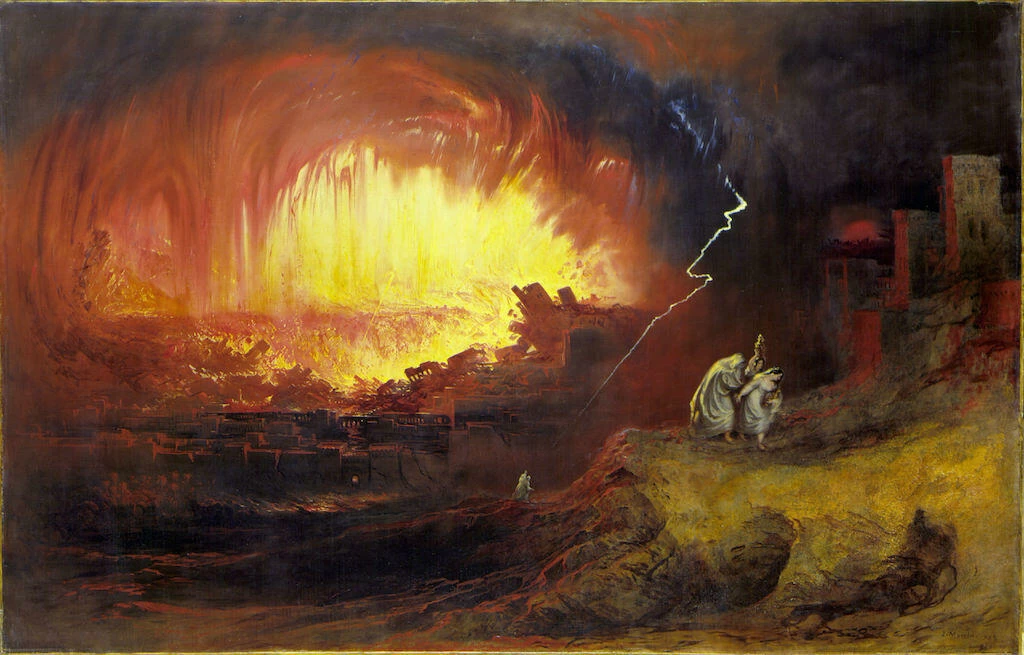
The Dead Sea and the Cities of the Plain
Reference to the two cities appears throughout the Old Testament, but Genesis chapters 14 through 19 offer the region’s lengthiest descriptions. Sodom and Gomorrah were only two of many kingdoms around the Jordan River valley and the Dead Sea region, also called the Valley of Siddim. The so-called cities of the plain were Sodom, Gomorrah, Zoar, Admah, and Zeboiim. According to Genesis 14.10, before the destruction, “the Valley of Siddim was full of bitumen pits; as the kings of Sodom and Gomorrah fled, some fell into them, and the rest fled to the hill country.” This passage introduces critical geographical features of note in the search for these ruined cities.
Men of the City of Sodom
The real story of Sodom and Gomorrah surrounds a bargain between the patriarch Abraham and the Lord God. In Genesis 18, the Lord recognized the wickedness growing in the land but promised Abraham that if ten righteous people were found in Sodom, He would not destroy the city. The angels sent by the Lord received hospitality from Lot upon entering the city but were set upon thereafter by a mob of wicked men: “both young and old, all the people to the last man, surrounded the house; and they called to Lot, ‘Where are the men who came to you tonight? Bring them out to us, so that we may know them’.” (Gen. 19:4-5).
Sins of the Sodomites
Biblical scholars debate the actual crime of the men of Sodom, who sought to “know” (Hebrew: yada) Lot’s visitors. Hospitality to strangers, as Lot showed, was a preeminent virtue of ancient civilizations. When the people of Sodom broke this convention, Lot tried to spare his visitors by offering the mob his two virgin daughters instead. Whether the crime of the Sodomites was sexual immorality or a violent denial of hospitality remains debated. In either case, God’s punishment was now certain for Sodom and its twin city.
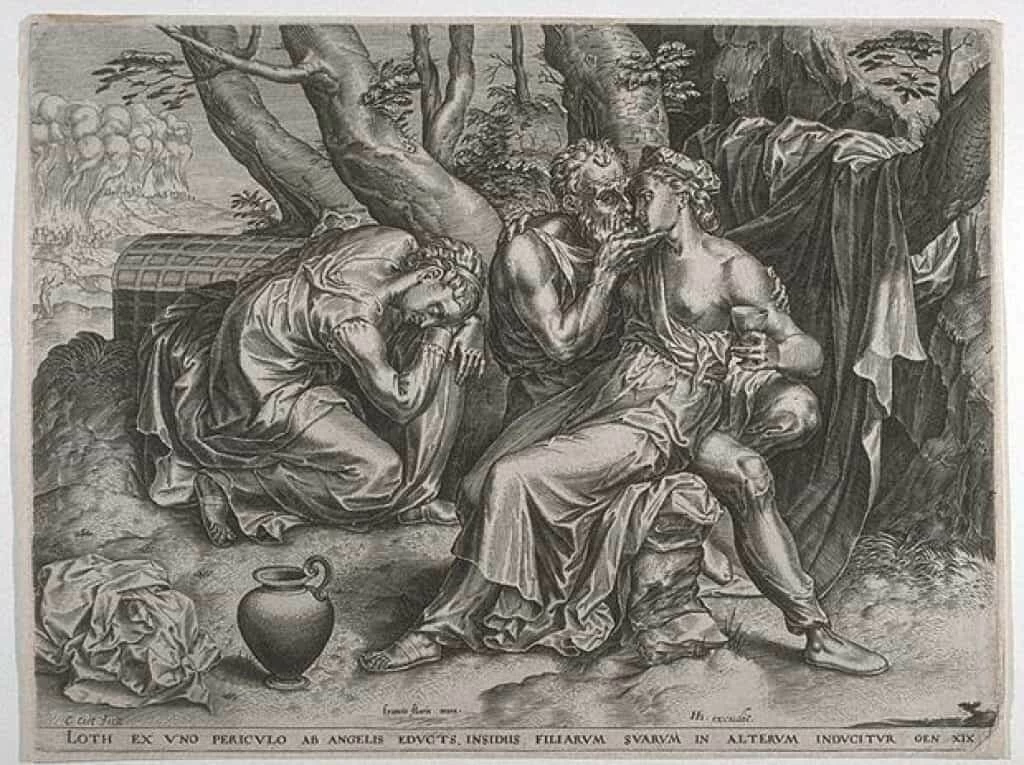
Destruction of Sodom and Gomorrah
The angels of the Lord told Lot of the imminent destruction, warning him not to “stop anywhere in the Plain; flee to the hills,” and not to look back upon the ruin.
Then the Lord rained on Sodom and Gomorrah sulfur and fire from the Lord out of heaven; and he overthrew those cities, and all the Plain, and all the inhabitants of the cities, and what grew on the ground… Abraham went early in the morning to the place where he stood before the Lord; and he looked down toward Sodom and Gomorrah and toward all the land of the Plain and saw the smoke of the land going up like the smoke of a furnace (Genesis 19:24-25; 27).
Gathering his family, Lot arrived at the city of Zoar when the sulfur and fire rained down from the heavens. Famously, his wife did gaze toward the disaster and became a pillar of salt.
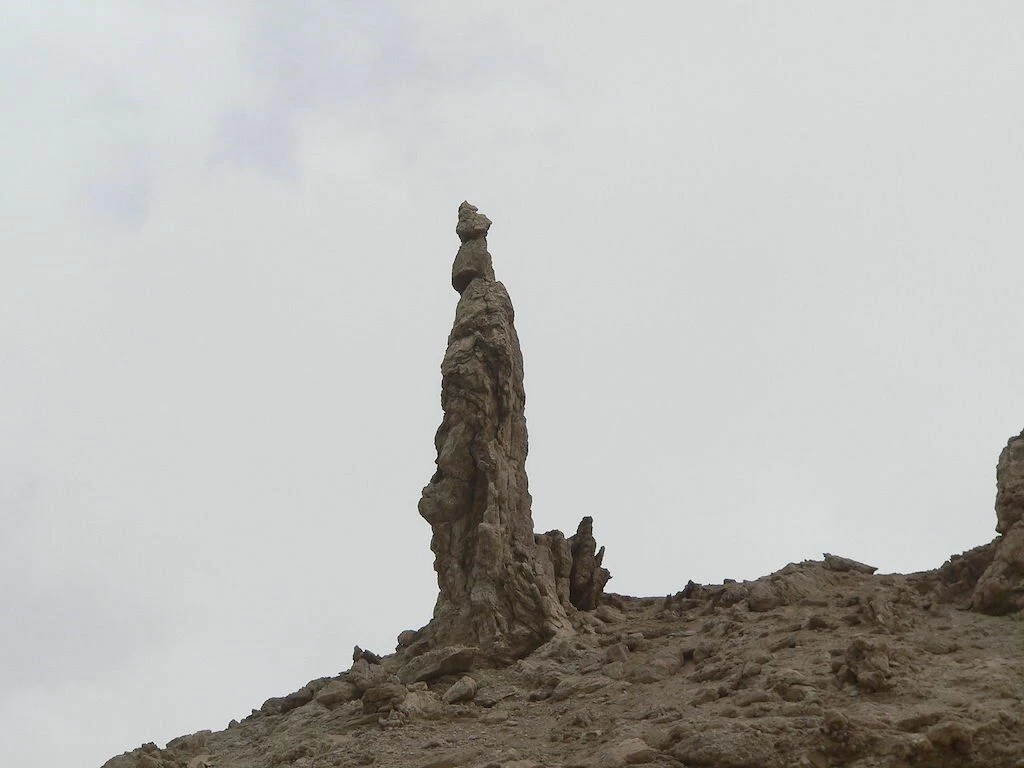
Historical Clues
In the Septuagint, the earliest books of the Old Testament, we garner some clues of the location and context of these lost cities. Abraham is thought to have lived during the Third Dynasty of Ur, around 2100 BCE. This timeline is critical, as the Middle Eastern climate in 2100 BCE was cooler and wetter. Areas now dominated by desert were hospitable to agriculture and ground cover. The Jordanian plain would have boasted numerous cities, but which were the real Sodom and Gomorrah?
Natural Disaster
Putting aside the prospect of divine destruction, scientists and archaeologists continue to search for a natural explanation for the destruction of the cities, attentive to the physical evidence from the plain of Jordan. Many mythological traditions are born from natural disasters, rendered into parables focusing on divine retribution. The Greeks called this an etiology, a story that explains the cause of some natural feature or event. This may be the case in the destruction of Sodom and Gomorrah.
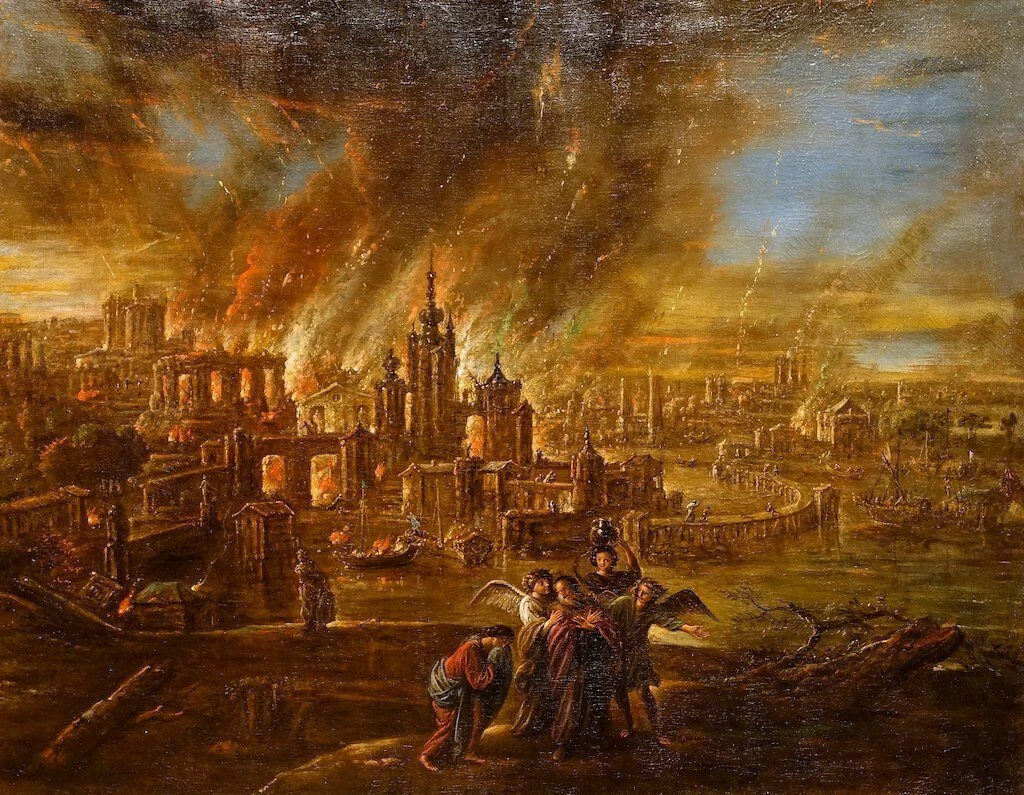
Earthquake
Prone to major earthquakes, the region may have suffered twin catastrophes. An earthquake would have devastated mudbrick buildings, as seen in the 2003 destruction of the Iranian city of Bam. Earthquakes also release horrific secondary forces. Earthquakes can literally liquefy the ground, causing the cities to collapse or sink. Landslides from the northern hills could have buried the cities. Finally, a seismic activity could have caused an explosive release of gasses from the ground. The bitumen deposits of the region, particularly in the southern Jordanian valley, could have poisoned both the soil and the air. Abraham’s view of the smoke coming off the land like a furnace in Genesis 19 lends some credence to this theory.
Related: Where was the Garden of Eden
Finding the Cities: Archaeological Theories.
Biblical archaeologists have scoured the Jordanian plains and the region around the Dead Sea for nearly two centuries, seeking out these cities’ ruins. Scholars have proposed both northern and southern locations.
Tall el-Hammam
Close to the mouth of the River Jordan, northeast of the Dead Sea, archaeologist Dr. Steven Collins has worked at Tall el-Hammam since 2005. A massive Bronze-Age city, Collins’ excavations have revealed features expected of the Bronze Age (circa 3500-1500 BCE), such as massive city walls, palace and temple complexes. Some pottery and cuneiform tablets from the site were fired and vitrified, covered in a glassy coating. The discovery of zircon crystals on the site, present only in environments of intense heat, led Collins to propose that an exploding meteor slammed into the site around 1700 BCE. However, some archaeologists and geologists reject Collins’ theories based on the late destruction date and the absence of a crater or impact site.
Bab edh-Dhra and Numeria
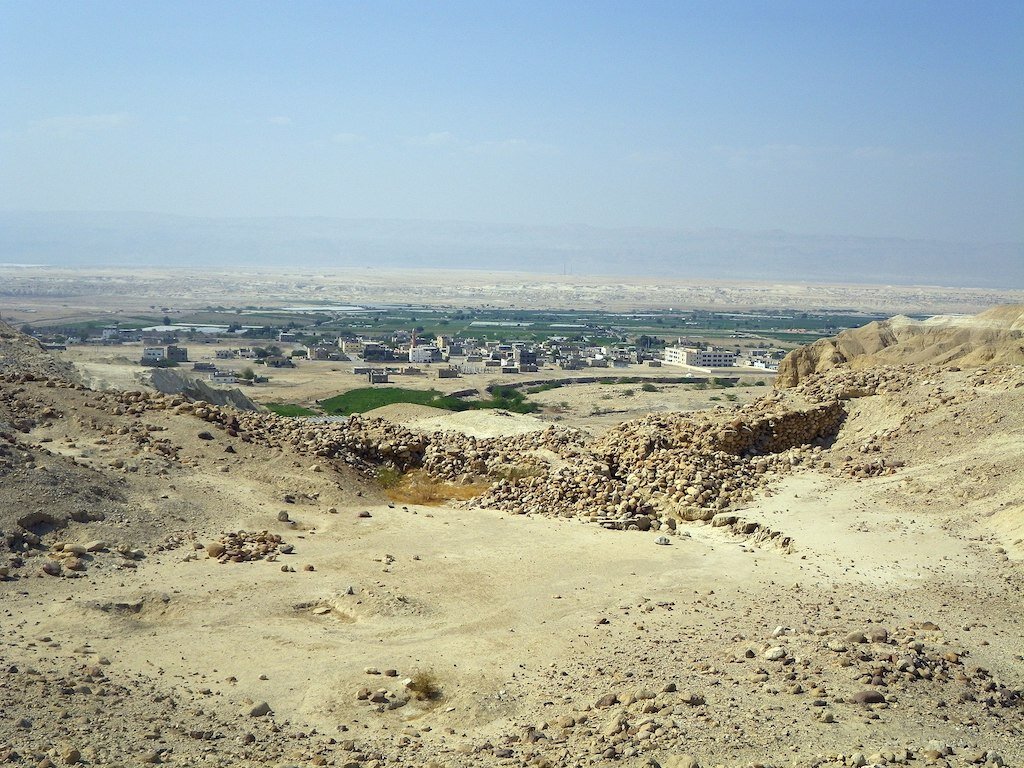
On the shallow, southeastern shore of the Dead Sea, the sites of Bab edh-Dhra and Numeria have also been pronounced as the twin cities of Sodom and Gomorrah. Many early Bronze Age cities are found in the southern region, typically smaller than the site at Tall el-Hammam. The southern theory closely adheres to the geographical descriptions in Genesis, as these sites are found in proximity to sulfur-rich bitumen and petroleum deposits. Skepticism surrounds this proposal as well. Numeria is considered too small to fit the description of Gomorrah. Secondly, both the chronology and absence of a dual destruction fail to match the biblical evidence.
Conclusion
The fertile climate of the Middle Bronze Age and the geographical advantages of settlement in the Dead Sea region clearly supported many cities in the Biblical era. Locating the remains of Sodom and Gomorrah, though, relies upon careful analysis of too few clues in Genesis. Many towns rose and fell across the Middle East during the Bronze Age, whether through human intervention or natural disaster. Archaeologists and historians will continue their search to locate the famously smote cities of Sodom and Gomorrah in the site-rich Jordanian valley.
